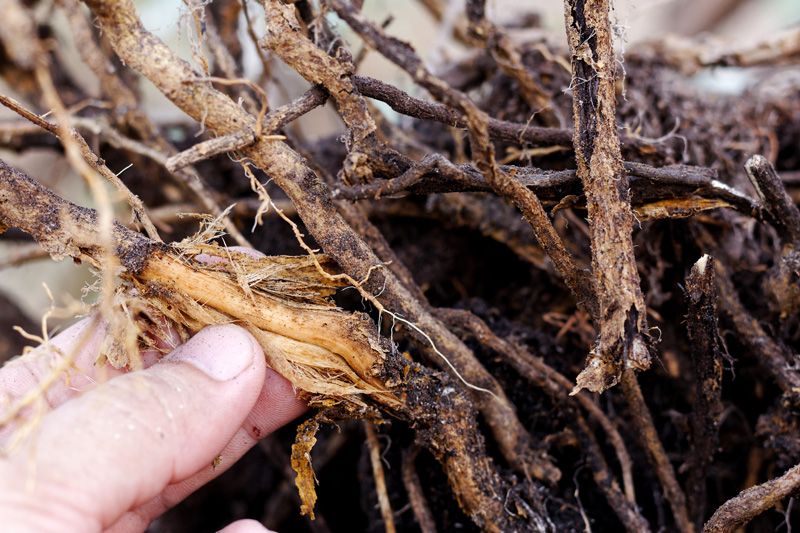
Foot and Root Rots
Foot and root rots
Common name
Foot and root rots
Causal agent
Foot and root rot is a disease complex caused by four soil-borne pathogens. These belong to the genus pythium, phytophthora, Rhizoctonia, and fusarium.
Scientific name
Rhizoctonia solani
Fusarium culmorum
Pythium ultimum
Symptoms & Signs
Foot and root rot is commonly characterized by damping off of the seedling, discolored, rotten root tips, and foot or crown infection. Footrot causes hard, brown lesions near the base of the stem. The lesions can also spread to the roots causing root rot.
Transmission
The disease complex is caused by fungi or fungus-like oomycetes. Hence, the spread of disease is usually by wind, water, or contact with infected plants. The spores travel to healthy plant species and transmit the infection. Moist soil and warm temperatures favor the growth of the spread of this disease.
Time of concern
Early spring to late summer
Common hosts
Canola
Wheat
Barley
Oats
